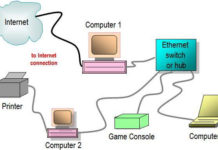Biased Differential scheme (Merz-Price Scheme) for protection of Generators:
This is most commonly used protection scheme for the alternator stator windings. The scheme is also called biased differential protection and percentage differential protection. The figure below shows a schematic arrangement of Merz-Price protection scheme for a star connected alternator.
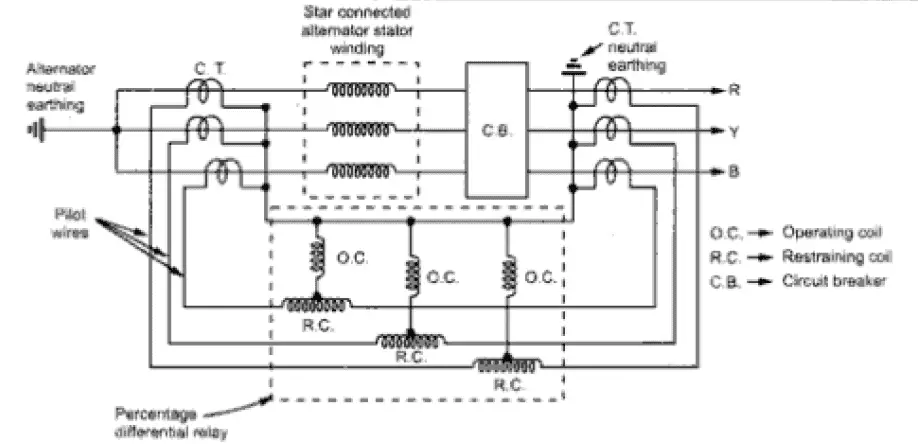
The differential relay gives protection against short circuit fault in the stator winding of a generator. When the neutral point of the windings is available then, the C.T.s may be connected in star on both the phase outgoing side and the neutral earth side, as shown in the above figure. But, if the neutral point is not available, then the phase side CTs are connected in a residual connection, so that it can be made suitable for comparing the current with the generator ground point CT secondary current. The restraining coils are energized from the secondary connection of C.T.s in each phase, through pilot wires. The operating coils are energized by the tappings from restraining coils and the C.T. neutral earthing connection.
The similar arrangement is used for the delta connected alternator stator winding, as shown below.
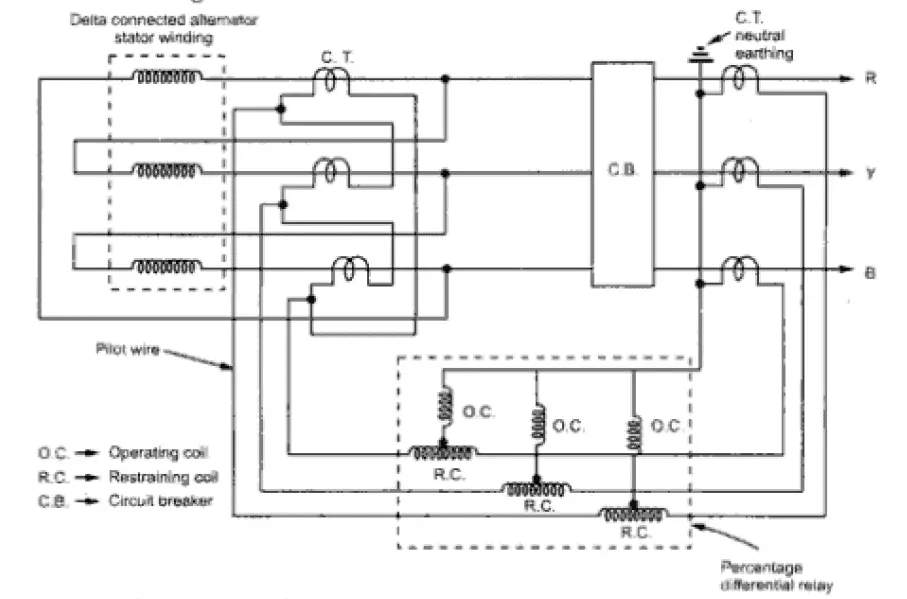
This scheme provides very fast protection to the stator winding against phase to phase faults and phase to ground faults. If the neutral is not grounded or grounded through resistance, then additional sensitive earth fault relay should be provided.
The advantages of this scheme are,
- Very high speed operation with operating time of about 15 msec.
- It allows low fault setting which ensures maximum protection of machine windings.
- It ensures complete stability under most severe through and external faults.
- It does not require current transformers with air gaps or special balancing features.

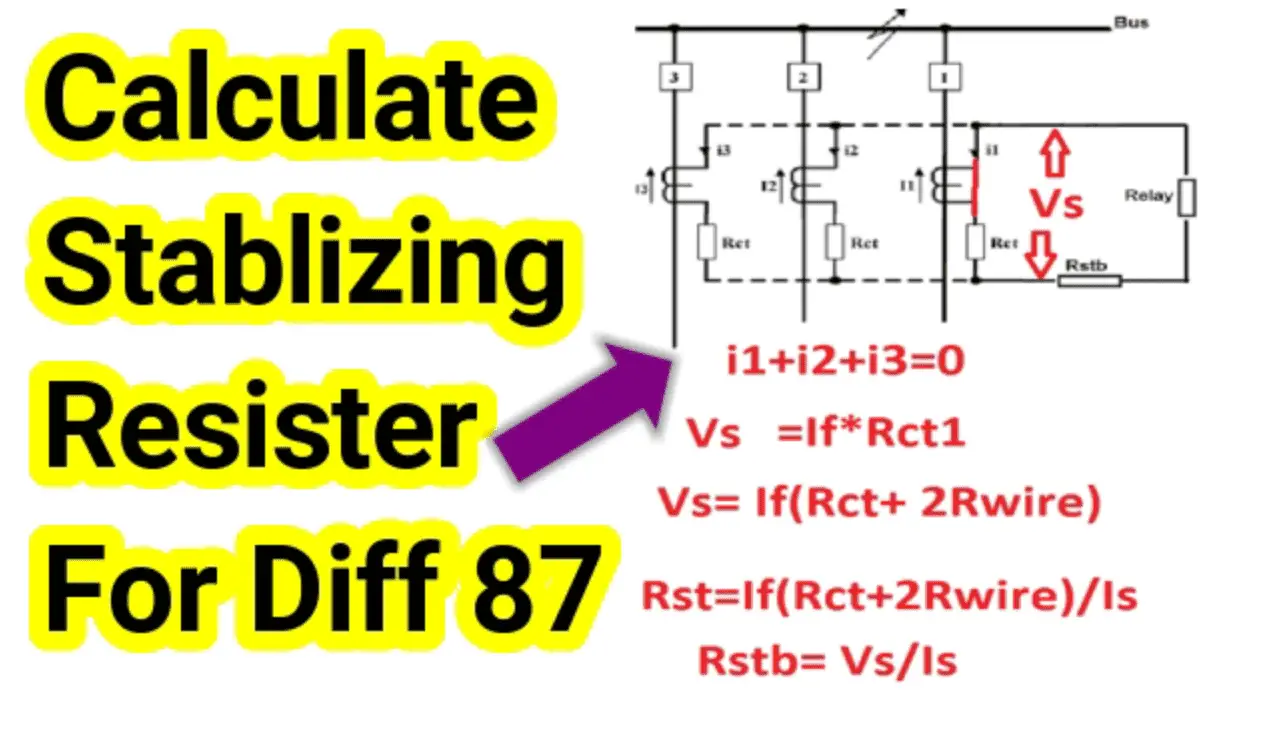
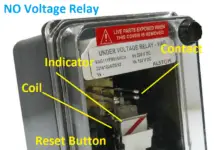
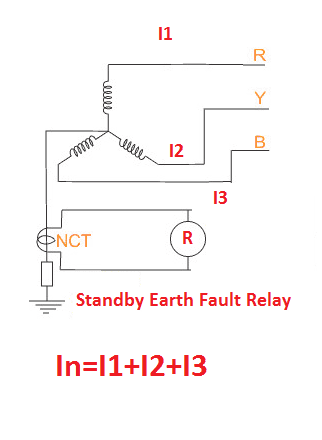
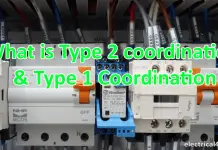
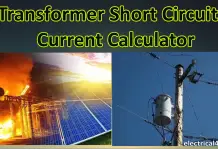
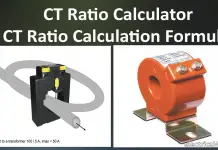

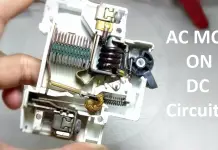
![What is Arc Chute? Types, Working Principle [Video Included] arc chute working priciple](https://www.electrical4u.net/wp-content/uploads/2020/06/arc-chute-218x150.png)
